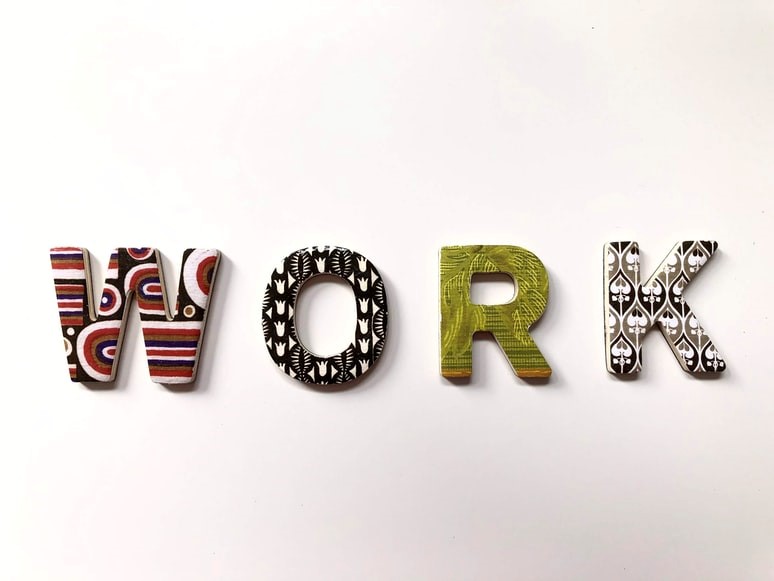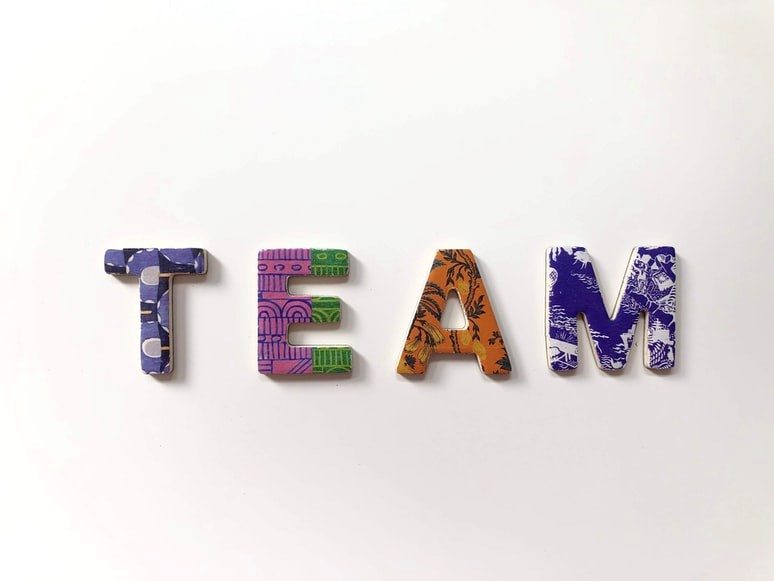
A scrum board is a tool used to visually present the progress of your scrum print. It is basically your corkboard at the office that guides you to your next task and marks the tasks that are already done. It breaks your project into categories to help you know where you are at during your process: “To Do,” “In Progress” and “Done”.

Scrum Board Pros and Cons
Pros
- Easy to use.
- Comprehensive, versatile, and responsive.
- Promotes collaboration
Cons
- Can be a challenge to get around at first.
- It comes with a cost.
Scrum Framework and Terminology
Scrum Values
Scrum values transparency, adaptation, and inspection. It makes sure that transparency is practised to make sure that everyone is on the same page. The inspection value encompasses a review of the current progress of the project. Adaptation refers to the changes that need to be considered.
The Sprint
Sprint refers to the time period that you want to allot for a project. It separates certain tasks for larger projects. If you are trying to develop a video game, typically, scrum would focus on overcoming little elements of the big project while at the same time gradually accomplishing tasks needed for the project.
Sprint will give the team focus on what task to do during that time duration. Sprint can be any length of time and it is not only limited to hours. Sprint can be a number of days, a week, or even a couple of weeks depending on the range of the tasks needed to be done in that timeline.
Stages of Sprint
Planning
It is when the entire team sits down and strategise the project.
Daily Scrum
A daily fifteen-minute talk about how the project is going, how the tasks are done, and how efficient is the plan. It is a reflection of all the accomplished tasks. It is also the time for making or deciding on modifications and needed changes. It is intended for enhancing workforce efficiency.
Sprint Review
It is done during the last stage of the sprint. The review includes timeline, progress, budget, and review on what worked and what didn’t.
Sprint Retrospective
This part will be the time when the team’s plans for the next sprint. It is a productive meeting the will determine the next tasks and what to do to improve while moving forward.
Scrum Artifacts
Product Backlog
It is a to-do list of the entire project and is crucial in ensuring organisation during the process. It shows the whole duration of the project. It is the main log of all the tasks needed for the project.
Sprint Backlog
These are the tasks that need to be prioritised during the sprint. It is the development teams task.
Increment
This is where all product backlog tasks that are successfully completed are jotted down.
The Scrum Team
Product Owner
The one who oversees the entire scrum print. The product owner is the one to adjust, track, and make sure that everyone is staying on the sprint schedule.
Scrum Master
A scrum master is one who assists and helps the product owner with all his tasks. It facilitates tasks needed to be one during the sprint and must be able to know how the who system of the Scrum works.
Development Team

Individuals with specific tasks that contribute to the success of the project. The team must be collaborative, flexible, and can work with or without supervision.
Scrum is your online project organiser. In this fast-paced digital platform, a hectic schedule is common and organisation is one of the most crucial factors to ensure each project is progressing. It helps the team have a framework of the tasks needed to be done at a given timeframe. Many of teams and even single business owners use Scrum. “I couldn’t belive that being organised can be that easy” says Dan from Hi-Spec.
This is probably the best recommendation you can hear.





